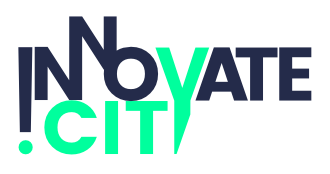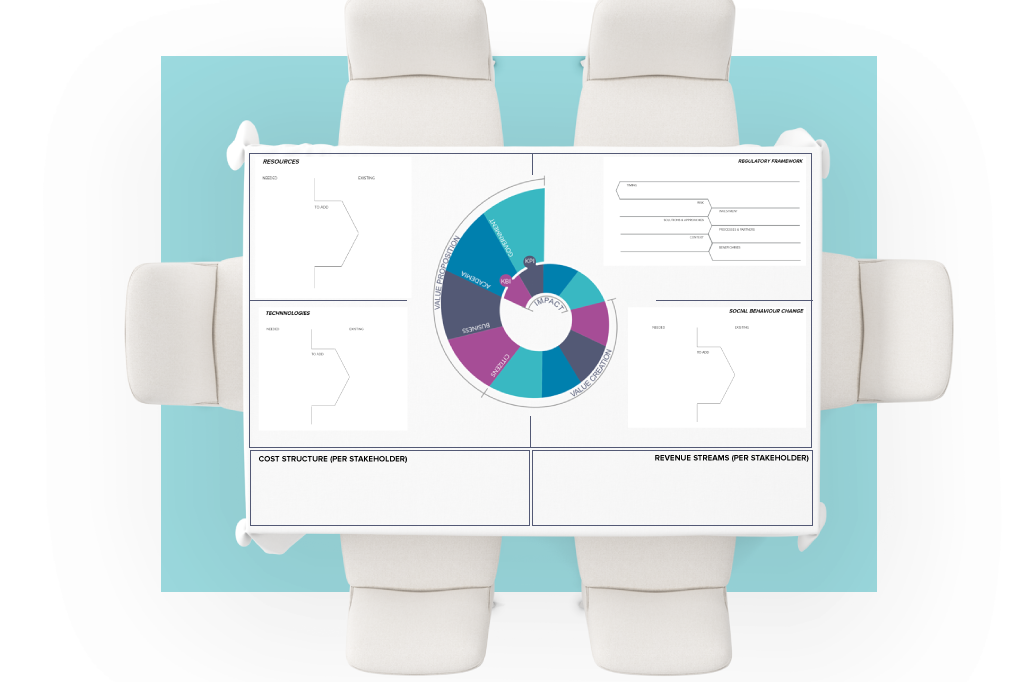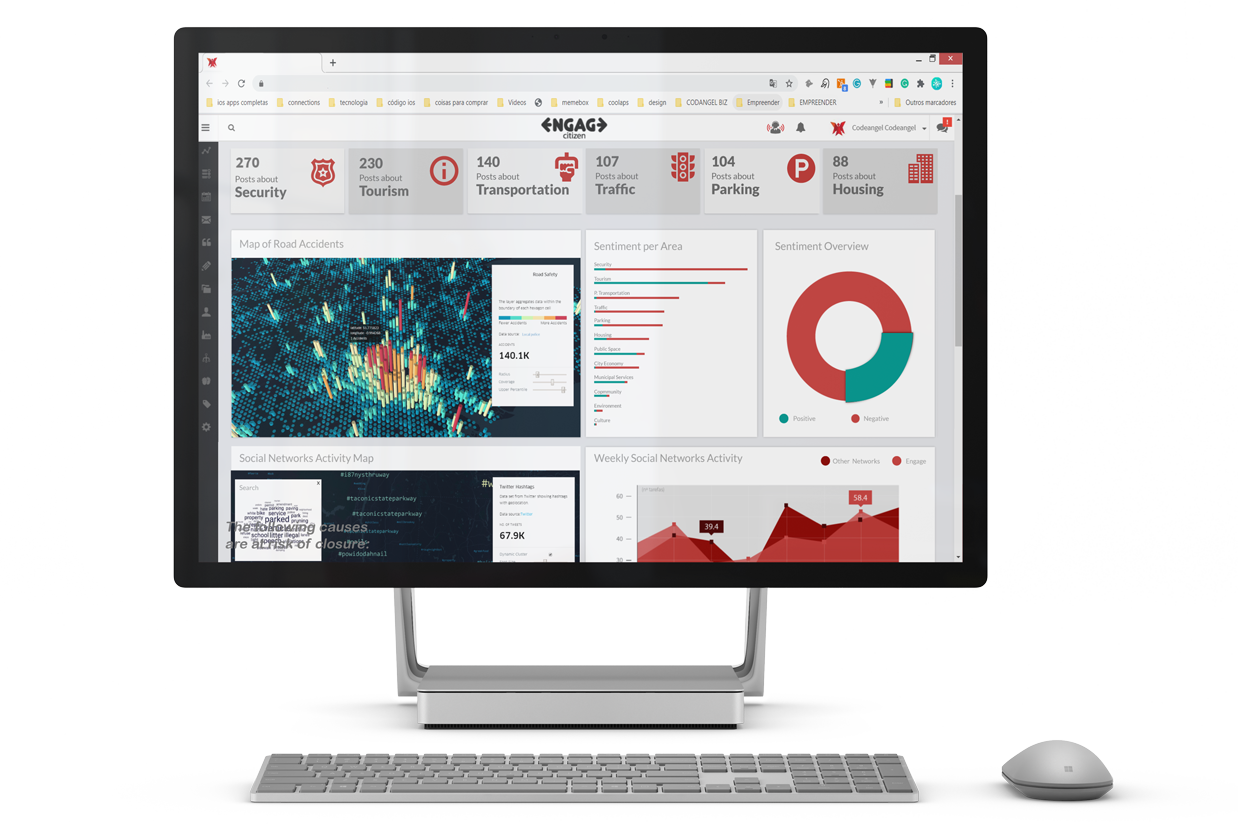STEP 2 – Co-creation Methodology
Co-creation needs a canvas.
Co-creation needs a canvas.
People have demonstrated having both the ability and the will to be the change the world needs!
Over 2200 participants in the EUvsVirus and hundreds of volunteer platforms shows the future will be co-created. However, only less than 3% of the projects listed in the world’s largest hackathon have been considered. It is not due to low quality from most attendees, but due to a limitation from the existing model. Better use of collective intelligence requires a standardised and straightforward model for co-creation!
That simple assumption inspired a master thesis with the collaboration of UN University on eGov and Smart Cities.
The result is a canvas for Sustainable Innovation!
The goal is to bring together all stakeholders (governments, academia, businesses and citizens) into a co-creation process of Open Innovation 2.0.
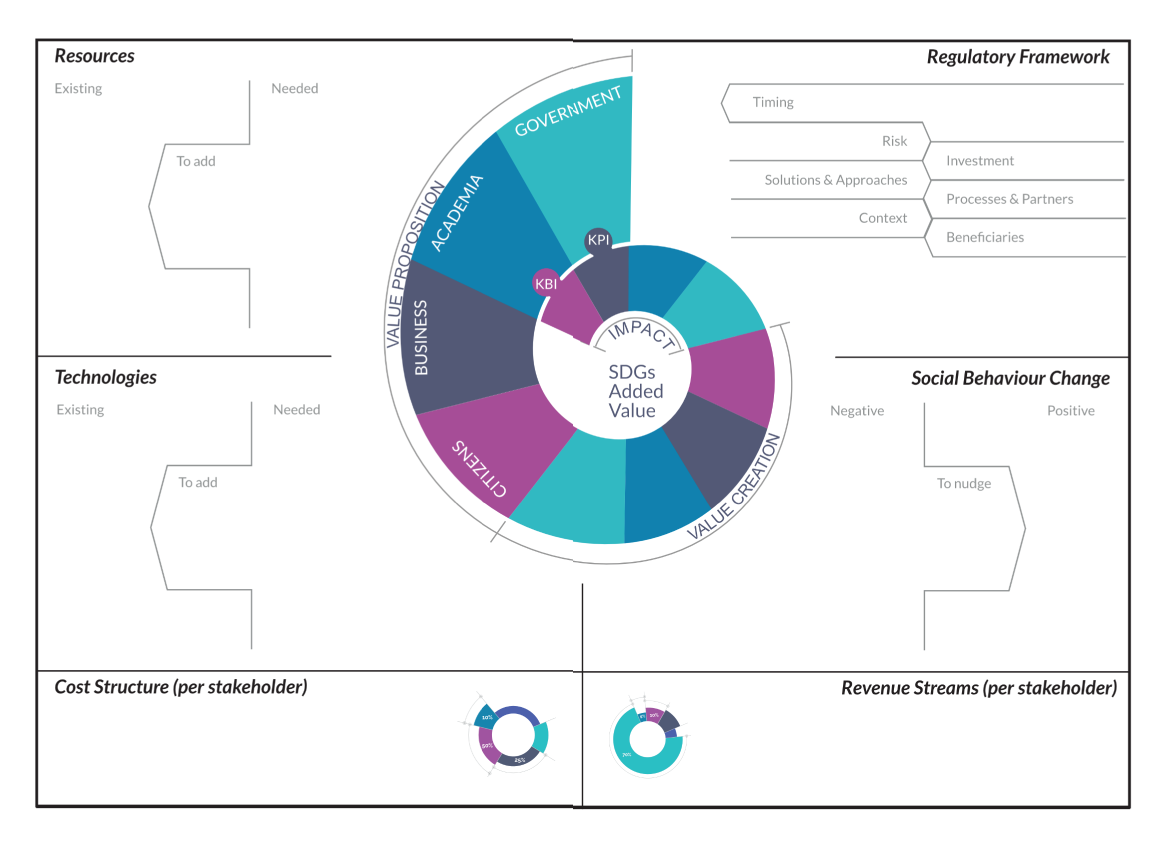
The Sustainable Innovation Canvas will assist stakeholders in proposing and adding value to the new urban solution generating a thriving upward spiral to their ecosystem.
We believe the next normality will be co-created in Future Building Ecosystems.
A network of FBE will play a critical role in sharing best practices enabling a free flow of stakeholders to fill gaps in cities where they are needed.
Digital tools are also being developed to provide scalability and speed to the ‘new normal’ way to innovate. Time is crucial if we all take the Paris Agreement and the green deal seriously.
Be a professional trainer of the Sustainable Innovation Canvas.
We are preparing a “train the trainer” program to qualify professional trainers to FBE use the Sustainable Innovation Canvas.
If you are interested or wish to know more about our certifications, please join our community of future builders!
STEP 3 – Global Digital Platform for Co-creation
Digital Global Thinking for Local Acting!
There is an undergoing discussion about design thinking vs digitally disruptive building. Fact is both are valid and not mutually exclusive. Mainly in times like the ones we are living today when physical proximity is not recommended.
Design thinking aligns all the stakeholders towards a mutual goal. It is instrumental in supporting the perception from other angles and visualise the common solution. Frequent critics say that job is not complete in the moment you have designed the consensual solution, but at the moment such solution is effectively implemented in real life.
Design Thinking is critical in establishing the solution, the goals, the path and the partnerships (the reason why we developed our Sustainable Model Canvas). Still, it also needs a platform for execution. A transparent digital tool updated continuously with every individual contribution to the whole project, identifying bottlenecks in real-time.
It has to be a platform for social co-creation where all projects are open to participation in filling the gaps.
Every city that will install a Policy Lab and an FBA team will also make available such platform for co-creation.
.
Physical or digital meetings will first define the scope and the project approach filling up all steps of the Sustainable Innovation Canvas (either using real or virtual post-its).
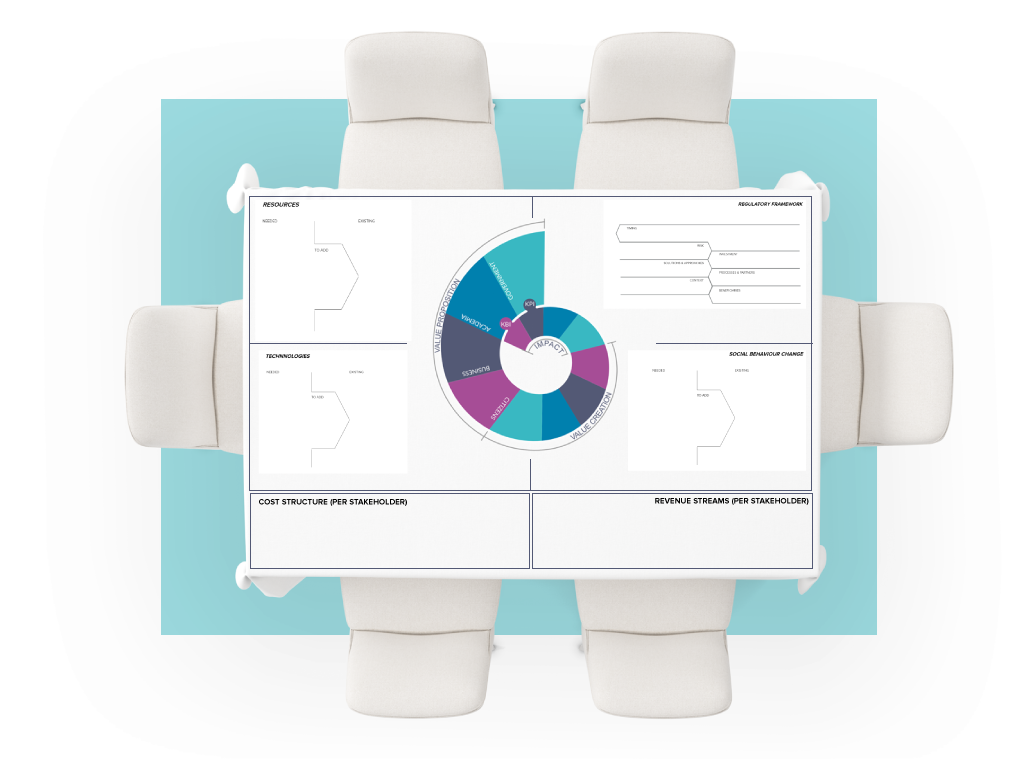
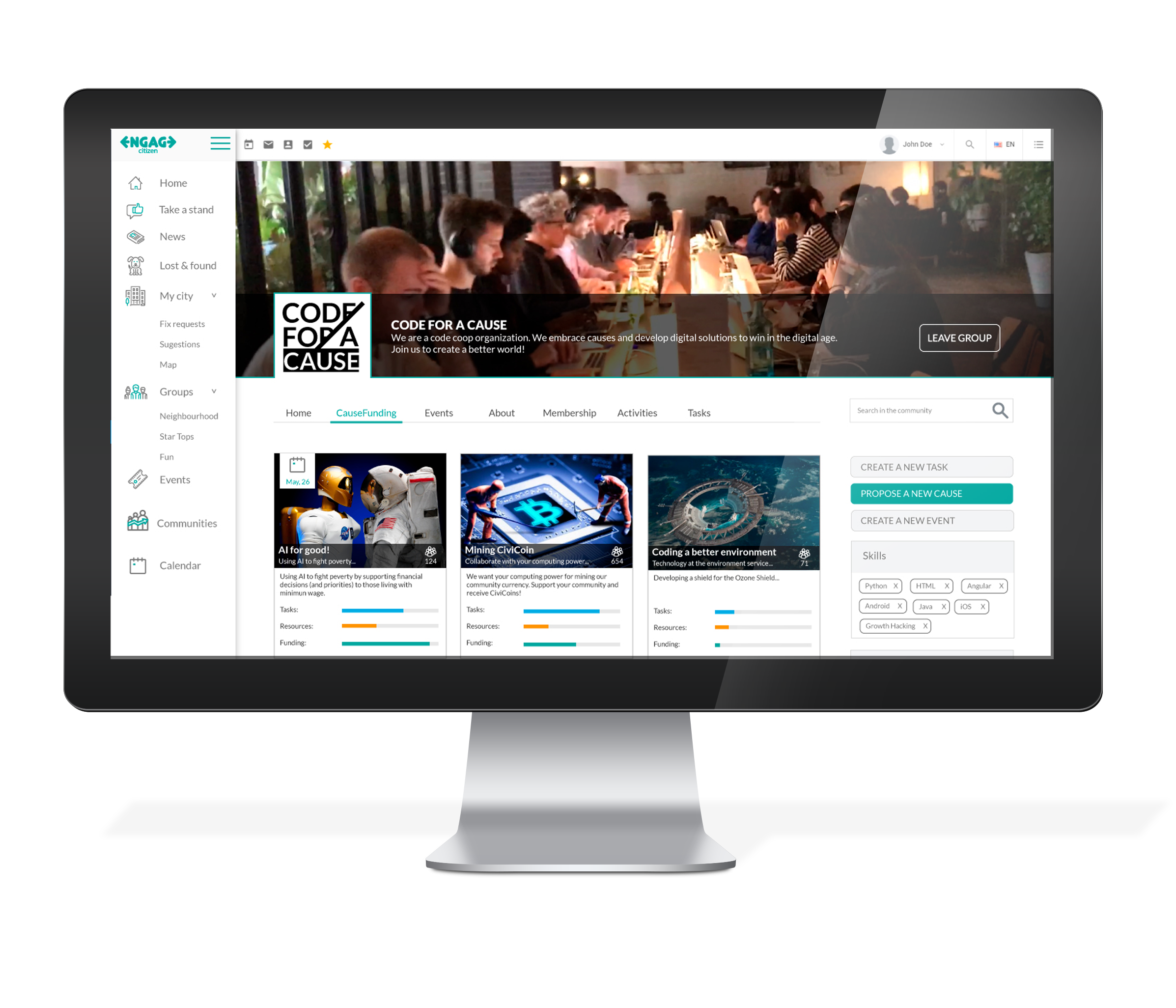
When the solution is planned in the Sustainable Innovation Canvas, it will display in the community frontpage informing how far are the necessary conditions in place to make it happen.).
When every activity is planned for a specific user in the canvas, it will display on his workflow.
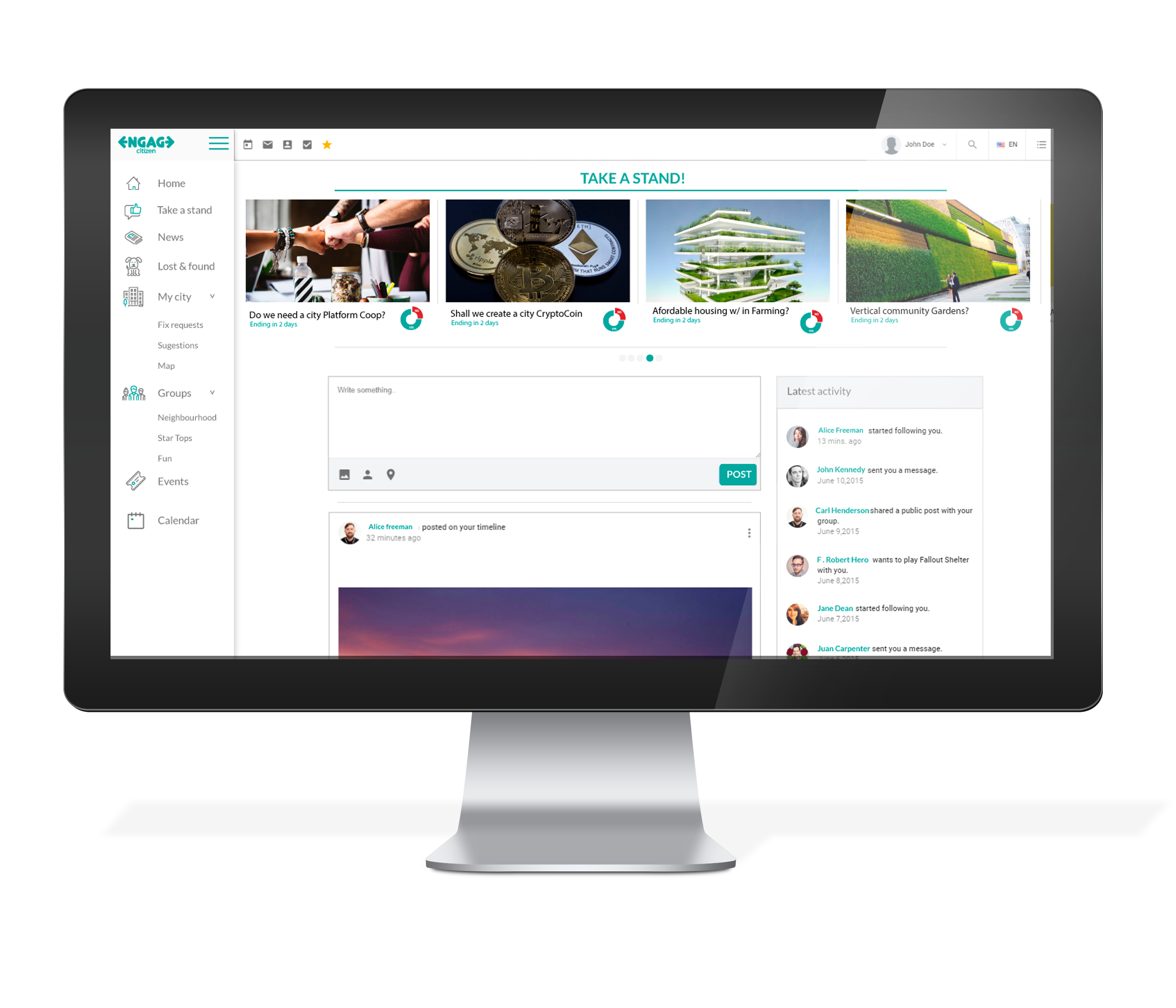
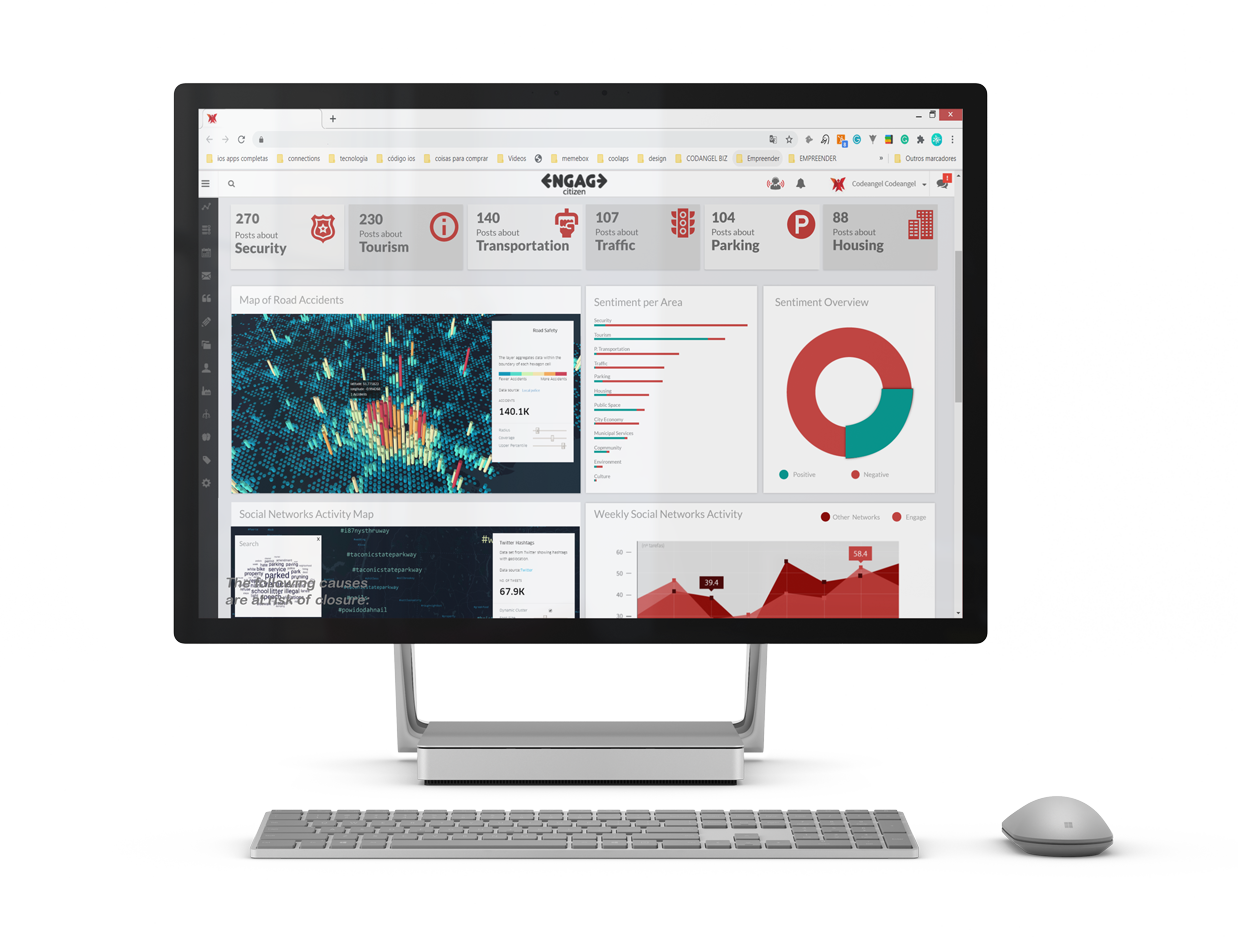
Sustainable Innovation Canvas will stand as the overview of each project and its particular needs.
For cities that use the Innovation Oriented strategy, the platform is ideal for informing which mission approaches are delivering and which are not, allowing a transparent allocation of public funds in what works and have great potential to impact.
Being part of a global network will provide local communities and local projects to be supported by other Future Building Ecosystems (FBE), filling the gap of resources and/or technologies missing in a local project. It also provides the ability of cities or some FBE to co-invest, co-purchase in projects or only piggy baking from best practices.
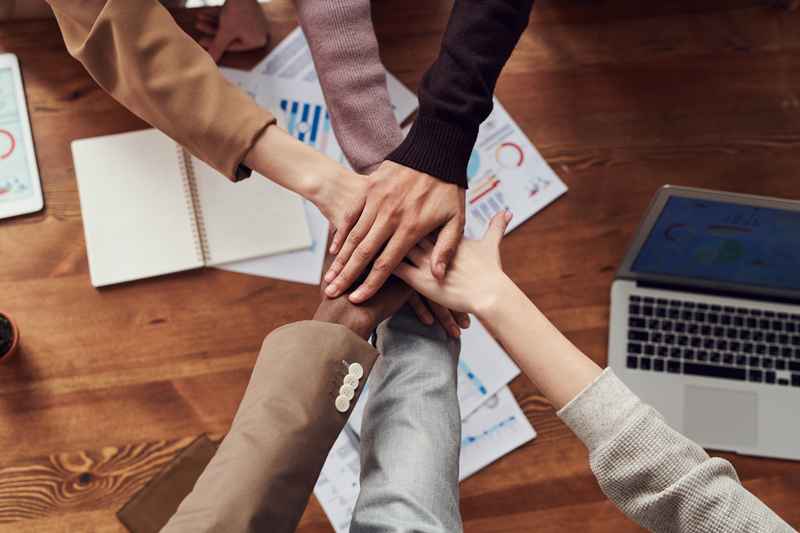
If you are part of any local government contact us and we will guide you on the process. If you want your city to develop an FBE, sign up now, and we’ll help you make it happen!
